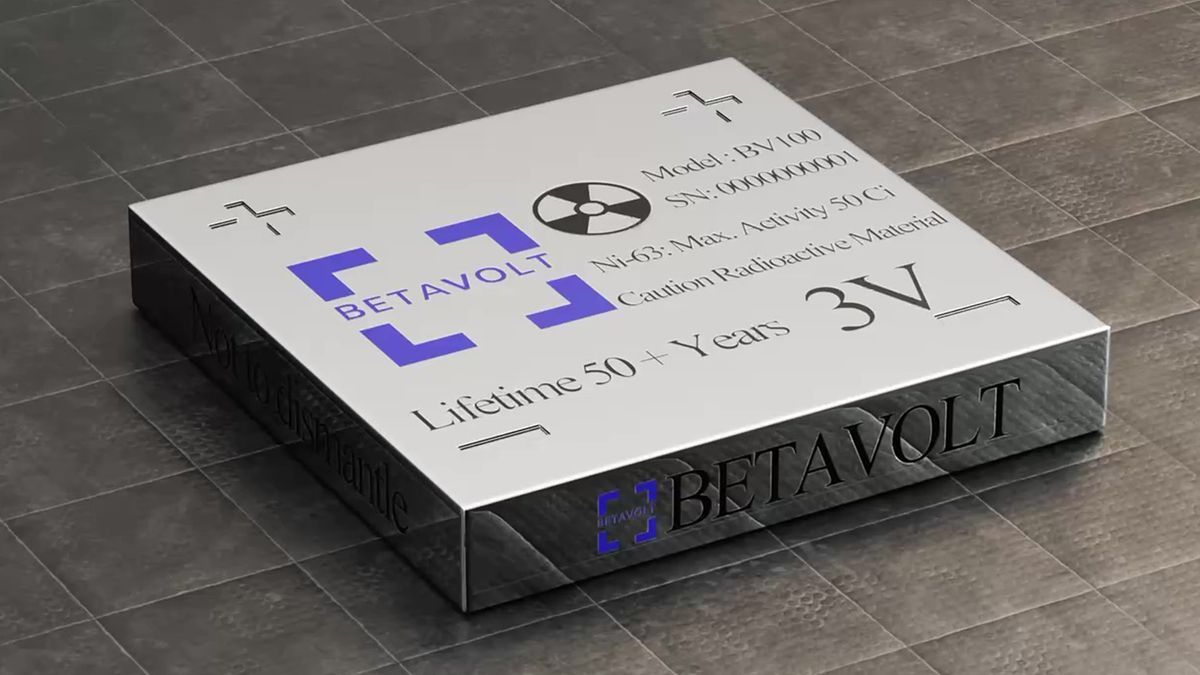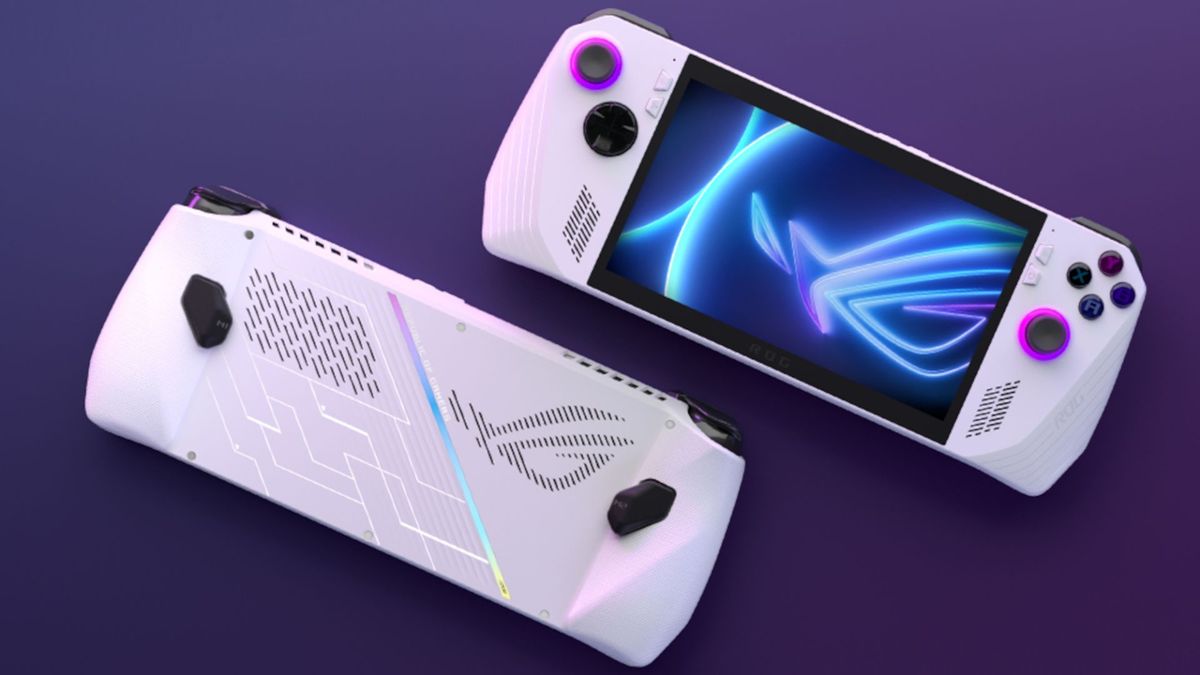A Chinese company has developed a new nuclear battery that could keep your phone running for 50 years without charging it.
Betavolt Technology claims to have successfully miniaturized atomic energy batteries, which measure less than a coin: 15 x 15 x 5 mm. The compact battery uses 63 nuclear isotopes to generate 100 microwatts and a voltage of 3 V of electricity through the process of radioactive decay.
The battery is currently in the pilot testing stage and Betavolt plans to mass produce it for commercial devices such as phones and drones, but also claims that nuclear batteries could be used for aerospace equipment, artificial intelligence, medical equipment, advanced sensors and microrobots. The Beijing-based company claims to have been inspired by devices such as pacemakers and satellites.
Betavolt plans to push its technology to produce a 1-watt battery by 2025. And although it still has a long way to go, the company seems confident in saying that development is well ahead of European and American scientific research institutions and companies.
Small nuclear batteries
This technology could revolutionize electronics by completely eliminating the need for portable chargers or power banks, creating devices that operate continuously and whose batteries do not degrade in terms of capacity and life during charging cycles as ion batteries do. lithium.
It could even be safer, as Betavolt claims the BV100 will not catch fire or explode in response to punctures or even gunshots, unlike some current batteries that can be dangerous if damaged or exposed to high temperatures.
This unlimited energy could provide drones that fly continuously, phones that work constantly, and electric cars that do not require recharging.
Nuclear batteries are currently used for spacecraft, underwater systems, automated scientific stations and also for ships such as the Mars rover, but they are large, heavy and generate a lot of heat, in addition to being expensive. However, Betavolt claims to use a different approach.
How the Betavolt radioactive battery works
To create the radioactive battery, the Betavolt scientist used nickel-63, which is a radioactive element, as a power source and then diamond semiconductors as power converters.
The team developed a single-crystalline diamond semiconductor that is just 10 microns thick and then placed a 2-micron-thick nickel-63 sheet between two diamond semiconductor converters.
The decay energy of the radioactive source is then converted into electrical current.
Betavolt claims that the advantages of its atomic energy batteries are their light weight, long life, high energy density and ability to operate normally in extreme temperatures of -60 to 120 degrees Celsius.
Thanks to the modular design, multiple atomic batteries could be connected to provide greater energy production that could power automotive technology as well as artificial intelligence systems, just to name a few.
Toxic reputation
Understandably, most people would not want to carry nuclear material in their pockets; Particularly not viewers of the fantastic but chilling HBO series. Chernobyl series. Many might be hesitant to adopt the widespread use of nuclear batteries due to the negative connotations of nuclear tragedies such as the Chernobyl disaster in 1986 or the Fukushima nuclear accident in 2011.
However, Betavolt also addressed concerns about radiation, stating that the battery is safe as it has no external radiation and is suitable for use in medical devices inside the human body, such as pacemakers and cochlea implants.
Betavolt says that after their decay, the 63 nuclear isotopes are converted to copper, which would not be radioactive and would not cause any environmental threats.
While it sounds like something out of 1950s science fiction, this technology could change the face of electronics by providing cordless, always-on devices that could mean a new revolution in the use of nuclear energy.










